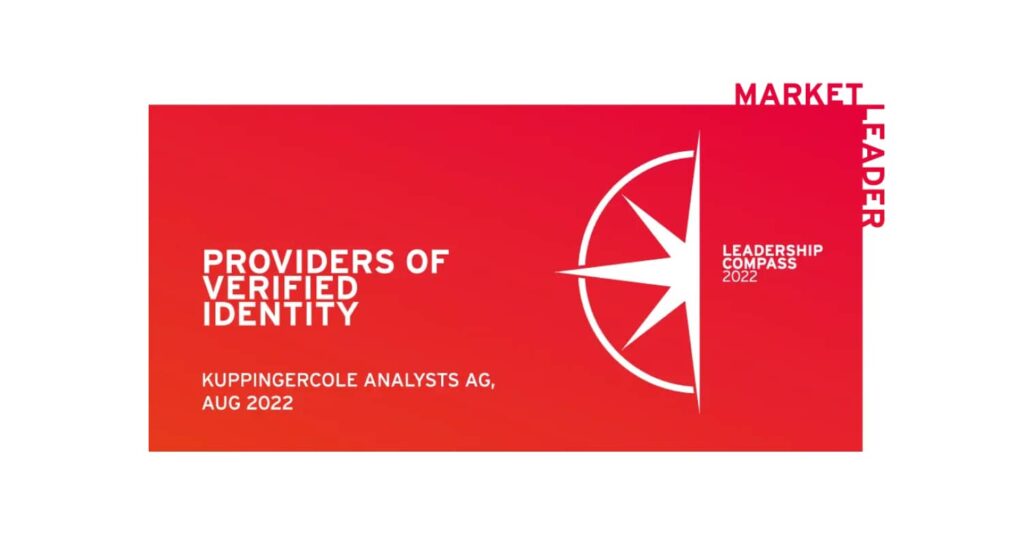
Growing attacks and an evolving regulatory landscape have businesses struggling to keep pace, new survey from Onfido shows.
San Francisco, US & London, UK - October 25, 2022 - Onfido, the global provider of automated identity verification and authentication solutions, today announced results of a new survey, revealing that 75% of businesses admit they’re willing to accept small volumes of fraud. Since the start of the pandemic, fraud rates have skyrocketed by over 44%, as fraudsters take advantage of the increasingly digital consumer landscape to deceive companies. In an online survey, 200 executives from businesses in the US and UK provided their thoughts on the challenges and issues they face when preventing fraud in their digital onboarding processes.
Younger companies more accepting of fraud
Fraudsters are always on the lookout for new ways to game the system, and their dynamism and ability to adapt makes eliminating fraud a daunting undertaking for businesses.
Of the businesses who accept some degree of fraud, nearly half (49%) are okay with a rate of 5% or more. And amongst companies younger than 20 years, the figure is higher; nearly 3 in 5 businesses (59%) accept a fraud rate of 5% or more — which is 24% more than their peers at more established organizations (35%).
Despite accepting certain levels of fraud, executives at these companies recognize that these transgressions can have disastrous impacts. The top concerns are:
- Data breaches (57%)
- Network attacks (55%)
- Forgeries (42%)
- Counterfeits (38%)
- Social engineering or coercion (38%)
With new technology innovations and the digital transformation comes new threats. More than 1 in 3 execs rank synthetic fraud (37%) and deepfakes (35%) as a top concern.
Regulation catch-up
Not only is fraud evolving, but the regulations governing it are changing as well. Nearly 2 in 5 executives (38%) say it is difficult to keep up with changes in data privacy regulations in markets in which they currently operate, while more than 4 in 5 execs (84%) say they are less than completely confident in their company's ability to keep up with changes in data privacy regulation. In the US for example, 37 states have introduced or passed their own data privacy bills, which can make compliance a more difficult and expensive undertaking.
Onboarding struggles: 87% of executives have issues with their current onboarding system
While executives can’t control fraudsters or the regulatory environment, they do have control over their company’s user onboarding process. While an overwhelming majority of companies (94%) contract at least one company to manage their fraud and compliance needs, 37% report using five or more vendors. But as these companies manage risk, many find that their onboarding experience is falling apart; 87% of executives say they have issues with their current onboarding system.
Nearly half of executives (46%) say there are too many steps in the onboarding process for their customers, especially those in the UK (55%, compared to 37% of their U.S. counterparts). 37% of executives say their onboarding process is simply too complicated. More than 2 in 5 executives (41%) say it takes too long to review and verify each customer when onboarding. These challenges can lead to consumer drop off, increased costs, and loss of revenue due to a poor customer experience.
When it comes to improving the onboarding process, companies are looking to put the customer first. The top three priorities are:
- Accessibility (47%)
- Scalability (43%)
- Quickness (40%)
“To compete in the global marketplace, companies need smart, simple, and fast onboarding solutions that can keep fraudsters out, while moving genuine customers seamlessly through the onboarding process,” said Mike Tuchen, CEO of Onfido. “The Onfido Real Identity Platform provides award-winning verifications, passive signals, and anti-fraud measures that helps companies onboard new users fast while detecting and catching fraud at scale.”
Learn more in Gartner's® Innovation Insight report: Journey-Time Orchestration Mitigates Fraud Risk and Delivers Better UX.






